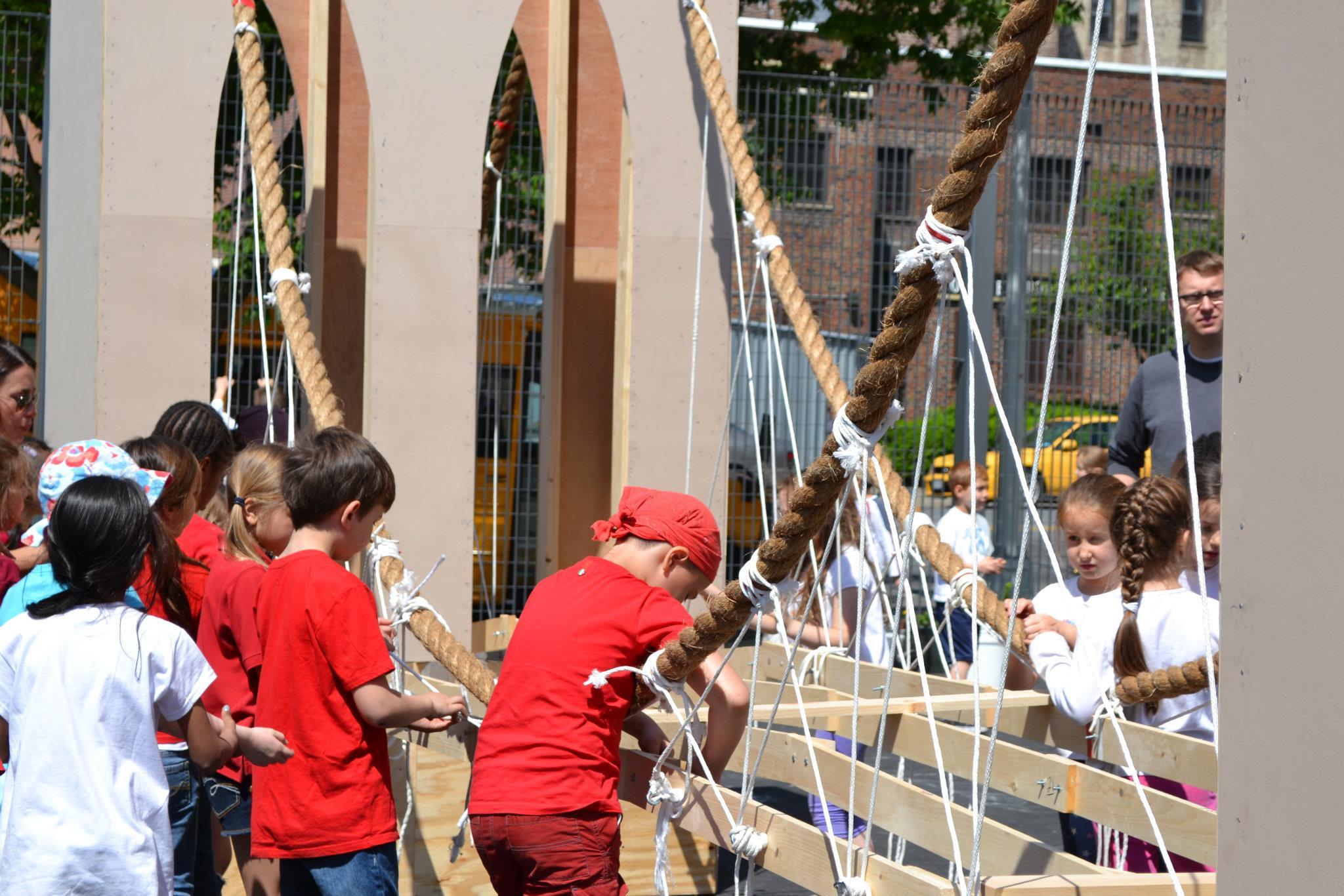
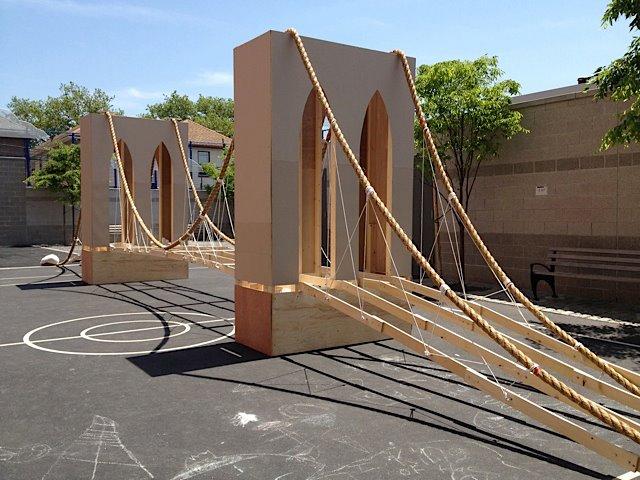
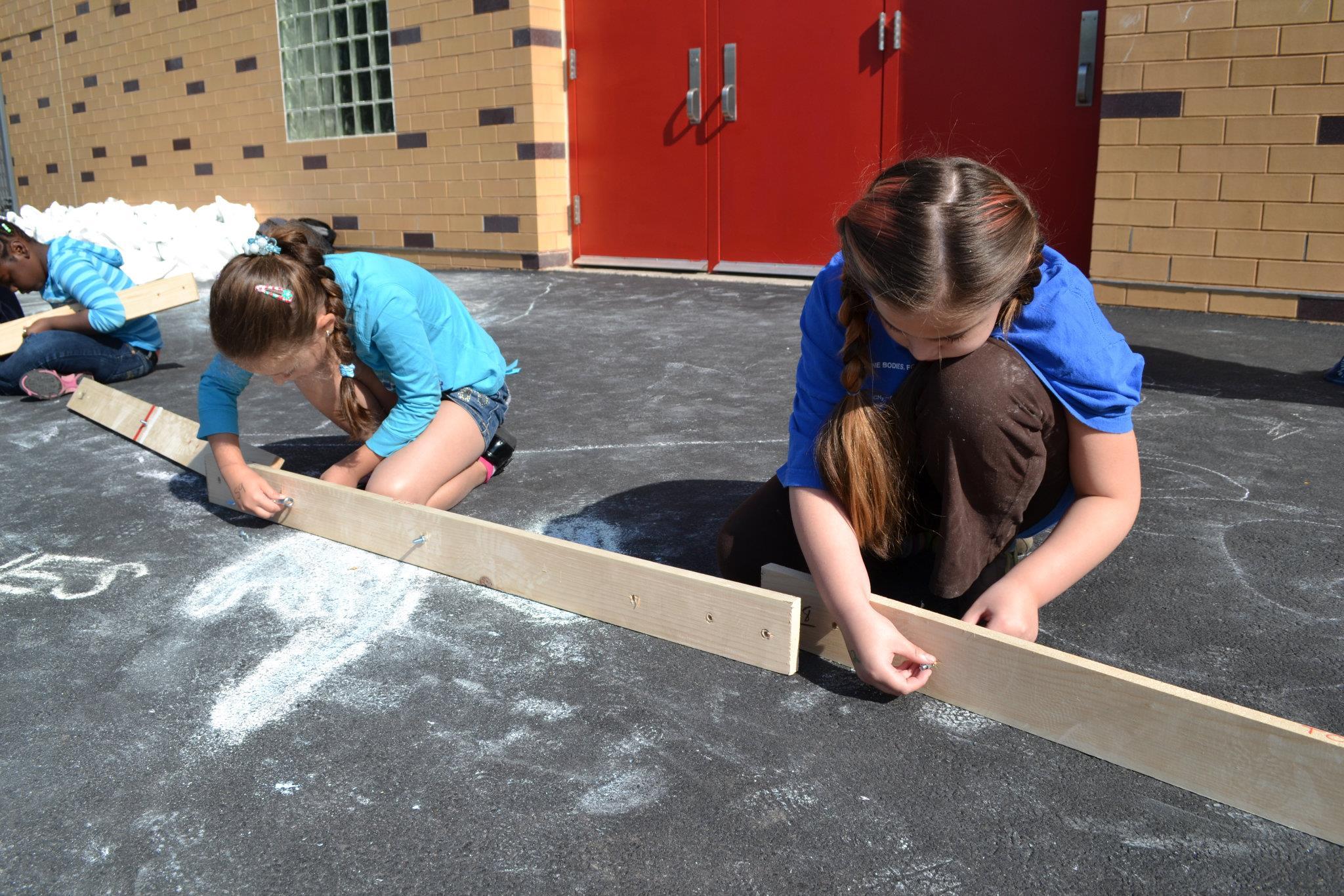
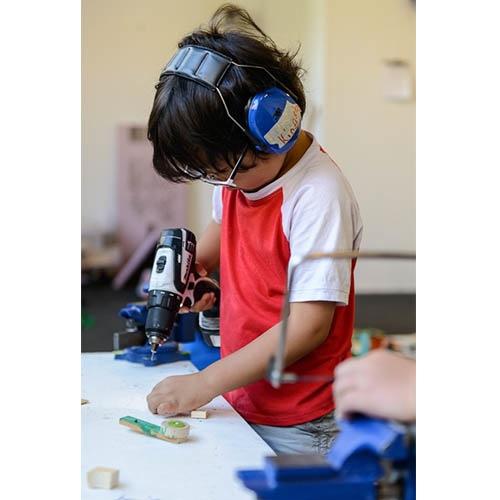
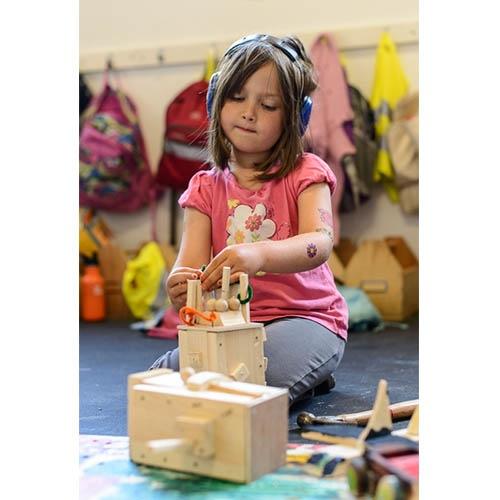
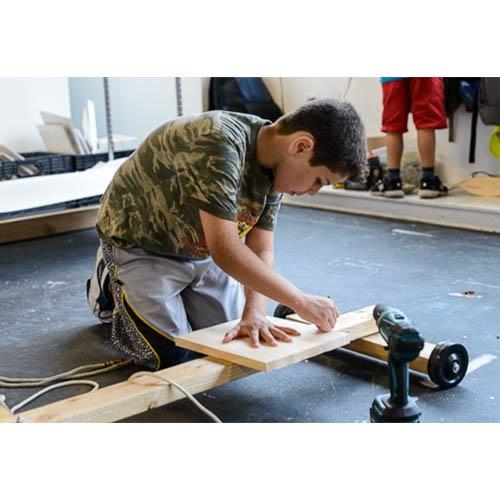
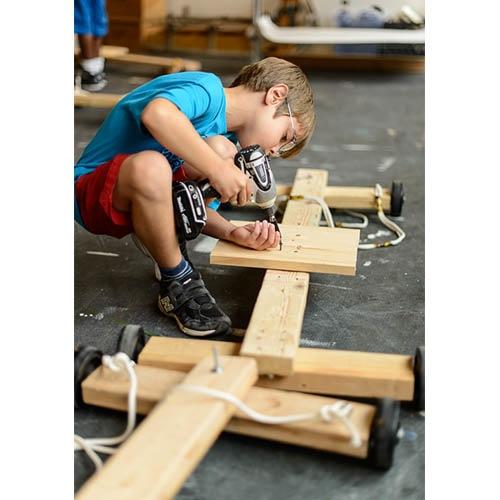
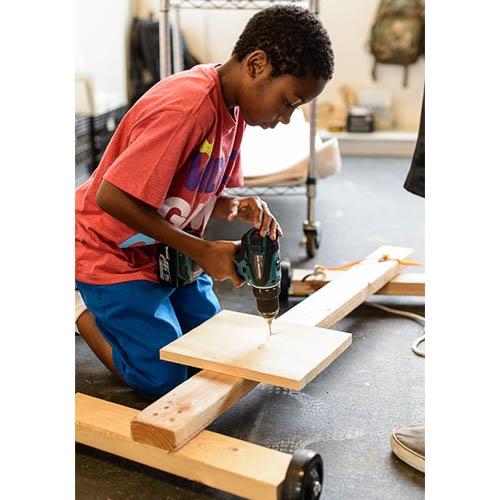
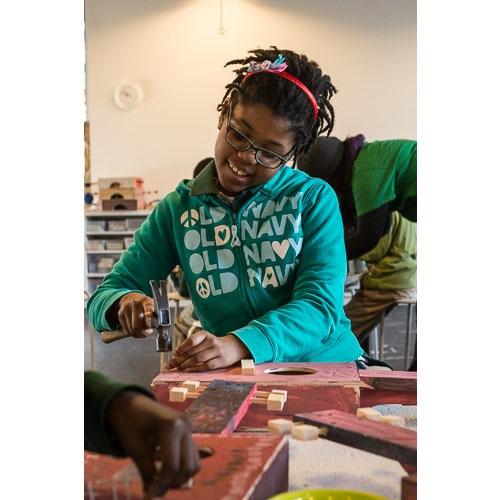
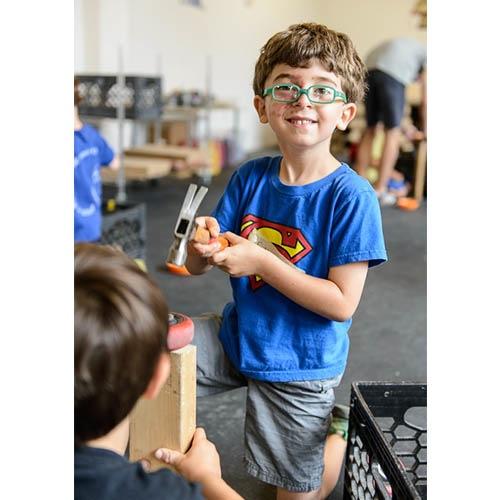
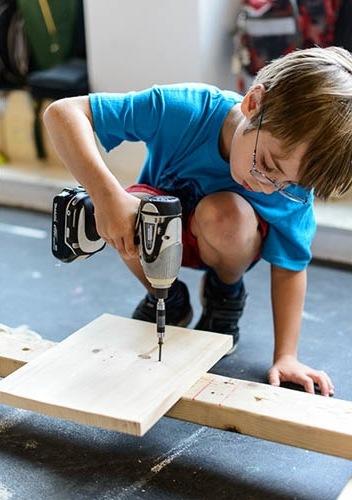
NEW YORK - Children in Brooklyn are forgoing plastic tools for power drills and coping saws to build their own wooden toys at ConstructionKids, an interactive learning workshop with classes for students as young as four years old.
Founder Deb Winsor, a woodworker with 20 years of experience in carpentry, contracting and wooden boat trades, started ConstructionKids in 2008. Her curriculum grew from the lessons she developed for her own son, who became interested in building and making as a preschooler.
During field trips, in-school programs and after-school programs, the ConstructionKids instructors aim to foster creativity and problem solving by teaching students to design, build and repair their own projects.
Senior educators at ConstructionKids include professionals who have managed the construction of New York City parks and gardens and built window displays for Saks Fifth Avenue.
The programs meet NYC DOE curriculum guidelines and integrate STEM-based lessons in writing, social studies, math, history, and art.
"We encourage both a left-brain and right-brain approach, so that a child's imagination and problem solving skills are equally developed," Winsor says.
Lessons include "Transportation Study," in which K-3rd grade students build their own wooden cars while learning how to use hammers and nails. Children in grades 2-3 learn about levers, wheels, axles, and pulleys in the "Simple Machines" lesson.
In "Buildings and Cities, Community Study" children in grades 2-4 learn about building details such as window sashes, cornices, and downspouts as they design and build small wood structures.
In "Trees, Wood, and the Story They Tell Us," children in grades 1-4 learn about wood products and the many stages of wood production, from the forest to the sawmill. They examine individual pieces of wood to identify about the growth, species and age of the tree.
In the four-session "Brooklyn Bridge" lesson, children learn how to use hammers, nails, bolts and wrenches to build a model of the landmark at 60-feet long and 10-feet high.
Safety is also a top priority. Students learn to use hand tools independently and to handle material safely. Power tools are used with adult supervision.
"Our staff of experienced tradespeople and educators are constantly attending to the safe use of every piece of material, method, and floor space in our work area," Winsor says. "We teach children to safely handle tools and we are familiar with the many unsafe techniques a child may invent while learning tools."
In addition to instilling creativity, problem-solving skills and proper tool use, she says the classes also serve another purpose.
"Hands-on learning works well for both traditional and inclusion classes and is an antidote to the overload of screen-based experiences that children increasingly encounter each day."






Have something to say? Share your thoughts with us in the comments below.